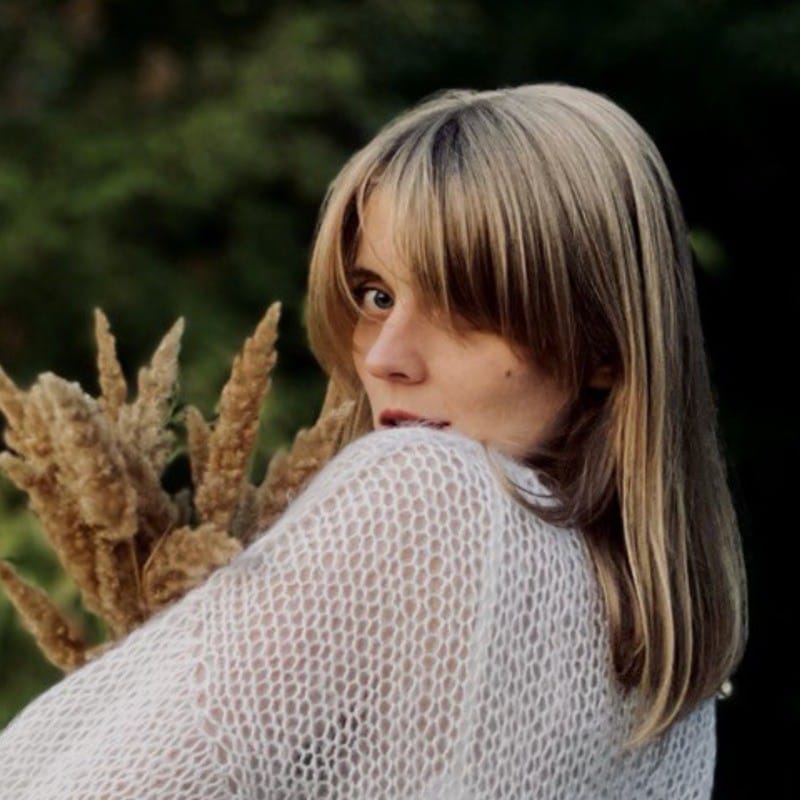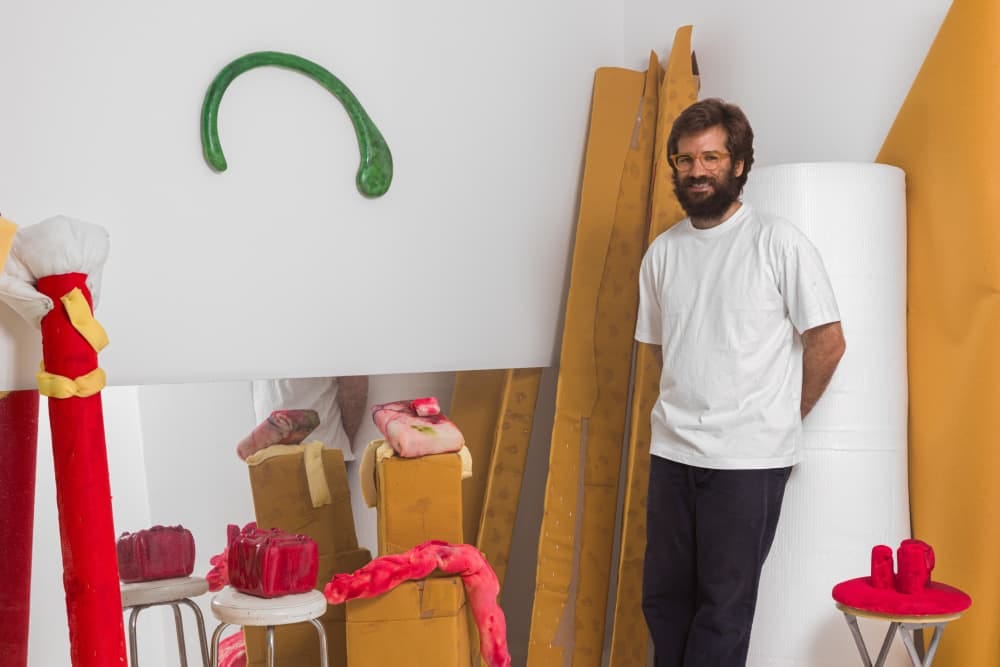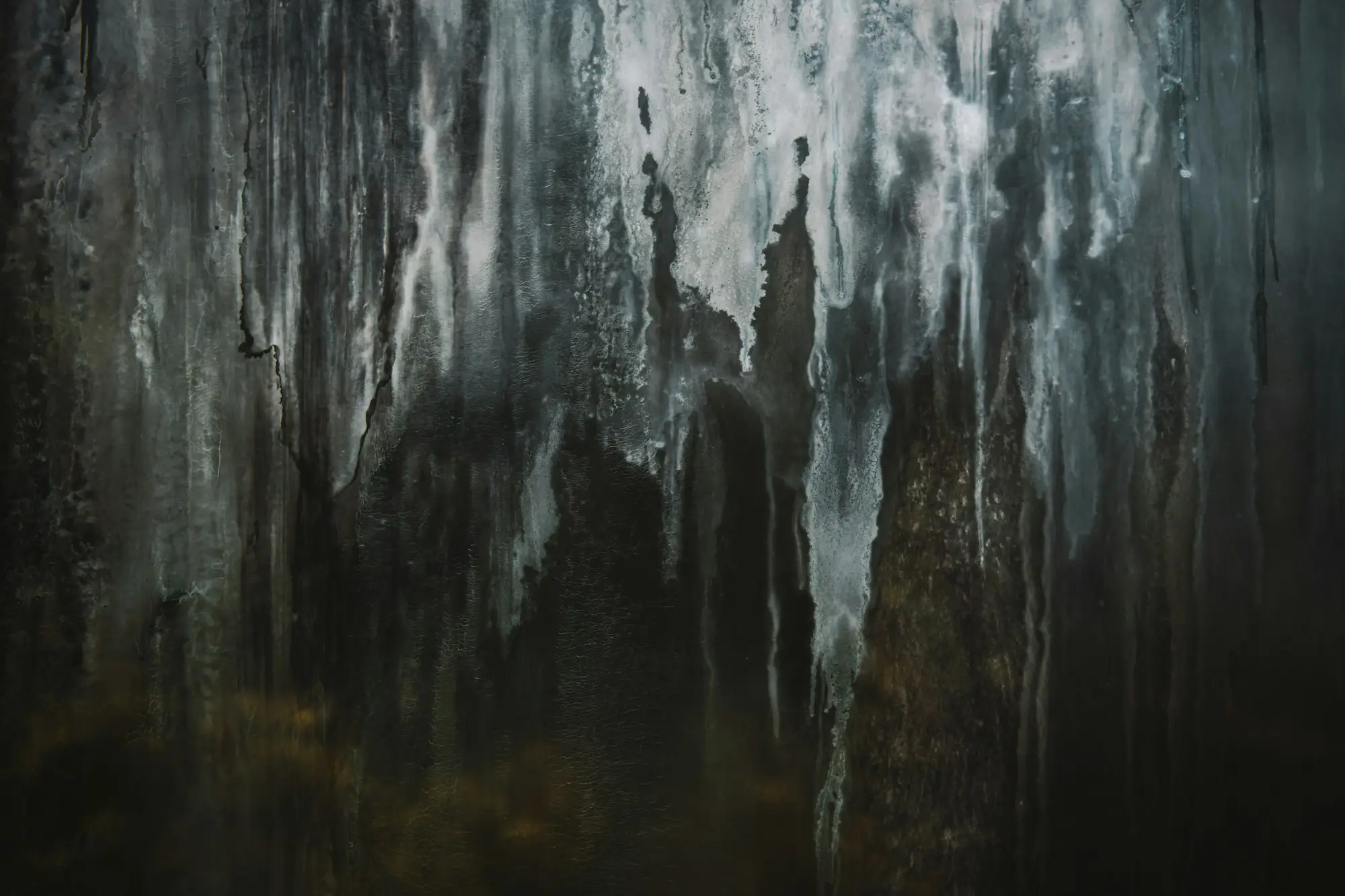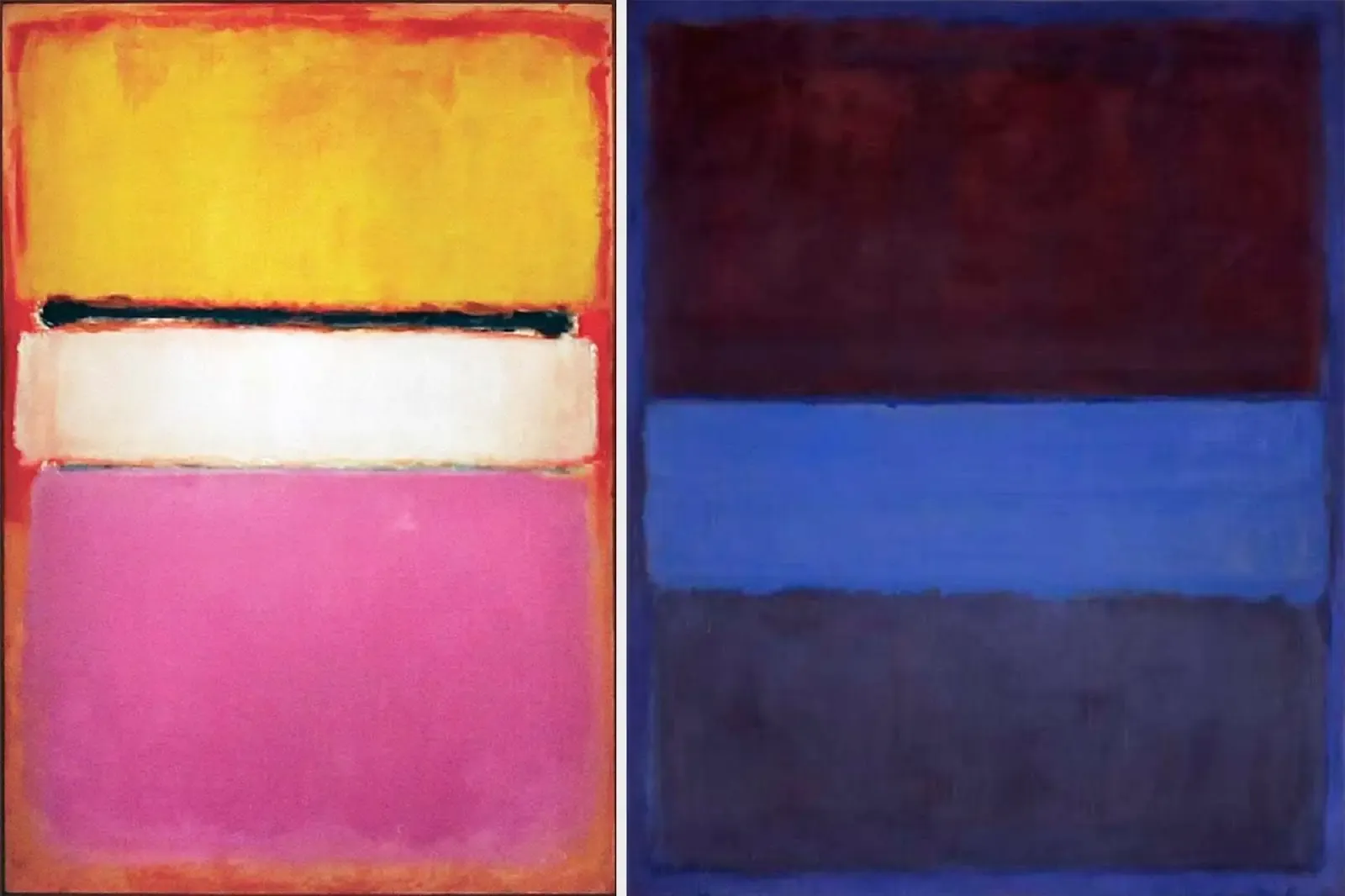The Emotional Power of Art: How Artists Communicate through Color, Form, and Style
Walk into almost any gallery this month and you’ll see it: a small knot of visitors listing toward one painting, phones half-raised, brows furrowed in concentration. It isn’t always the biggest canvas in the room or even the brightest. But something in it hums. That hum — the private, persistent signal that jumps from artwork to eye to mind — is what turns a rectangle of linen into an encounter.
That encounter is necessarily wordless, yet it’s anything but mute. Artists talk to us through pigments the way singers phrase a lyric. René Magritte knew this in 1929, when he replaced the iris of an enormous painted eye with a soft summer sky. “The False Mirror” doesn’t explain itself; it simply trains its ageless gaze on you until you recognize the riddle of seeing. Stand there long enough and you may find yourself blinking sky-blue tears.
Color: The First Voice
If Magritte’s sky-eye feels unsettling, blame color. Hue is the first thing we register, and the last thing we forget. Vincent van Gogh understood this down to the molecule; his letters read like love notes to cadmium and chrome. More recently, Gerhard Richter has taken the opposite route, draining entire canvases to a single, silvery gray. He once called gray “the epitome of nothingness,” but of course that vacancy is loaded — a void so thick with possibility it threatens to collapse under its own weight.
Great painters treat color like oxygen, but scale can be the sly accomplice. The “Mona Lisa,” forever a colossus in reproduction, measures only 77 by 53 centimeters. That surprise — expecting a billboard and meeting a postcard — resets your senses and enlarges the painting’s psychological space. Suddenly every fraction of a millimeter matters. You lean in; the murmuring crowd falls away; you’re alone with a half-smile that has puzzled the planet for half a millennium.
Form: When the Eye Starts to Listen
Size tricks us, but so does shape. Think of Jackson Pollock flinging skeins of enamel into mid-air, or Ukrainian master Ivan Marchuk weaving thousands of hairline strokes into murmuring thickets of color. Pollock’s webs feel cosmic, as if you’ve been granted a telescope to the underside of creation. Marchuk’s lines, by contrast, burrow inward, stacking veil upon veil until the picture seems to breathe beneath your gaze. Both artists insist that painting is less an object than an event — something that keeps happening as long as you’re willing to look.
Form needn’t be flamboyant to speak volumes. Amedeo Modigliani pared his portraits to their essentials, carving faces into elongated ovals and leaving the almond eyes blank. “When I know your soul,” he once said, “I will paint your eyes.” Until then, the emptiness stands in for everything we can’t reach in one another.
Style: A Syntax of One
For an artist, style is grammar: the fixed rules that allow freedom. Marchuk coined “plontanism” to describe his layered lattices; Eugene Pokutnev calls his dizzying, jet-black spirals the “vertigo effect.” Labels help critics, but the pictures do the talking. Peek at Pokutnev’s “Elements. Frozen Forest,” now on view in Kyiv and streaming on Subjektiv.art, and you might find yourself sliding between a snow-glazed taiga, the crisp geometry of a microscope slide and a nightmarish briar patch. The painting refuses to choose, and that refusal is its invitation.
Art as a Source of Emotional Dialogue
At Subjektiv, when we think about the storytelling potential of art, one name immediately comes to mind — ukrainian artist Eugene Pokutnev. His remarkable "vertigo effect" technique creates a mesmerizing blend of forms and colors, always anchored by his signature touch: jet-black, a special Japanese paint famed for its unparalleled depth and texture. Eugene's art invites you to linger and explore. Take, for instance, his piece "Elements. Frozen Forest." Depending on your perspective, you might see a snow-covered forest frozen in serene stillness, the intricate geometry of a snowflake magnified under a microscope, or even a twisting, thorny path that mirrors the challenges we face in our quest for happiness. His works are more than just visuals; they are conversations waiting to happen. They offer endless layers of meaning and the sheer joy of experiencing Eugene's distinctive vision of the world — its places, its time, and its intangible spaces. So, what do you see when you look at his paintings? What emotions or stories do they whisper to you? Let his art be your guide into a world of boundless imagination.
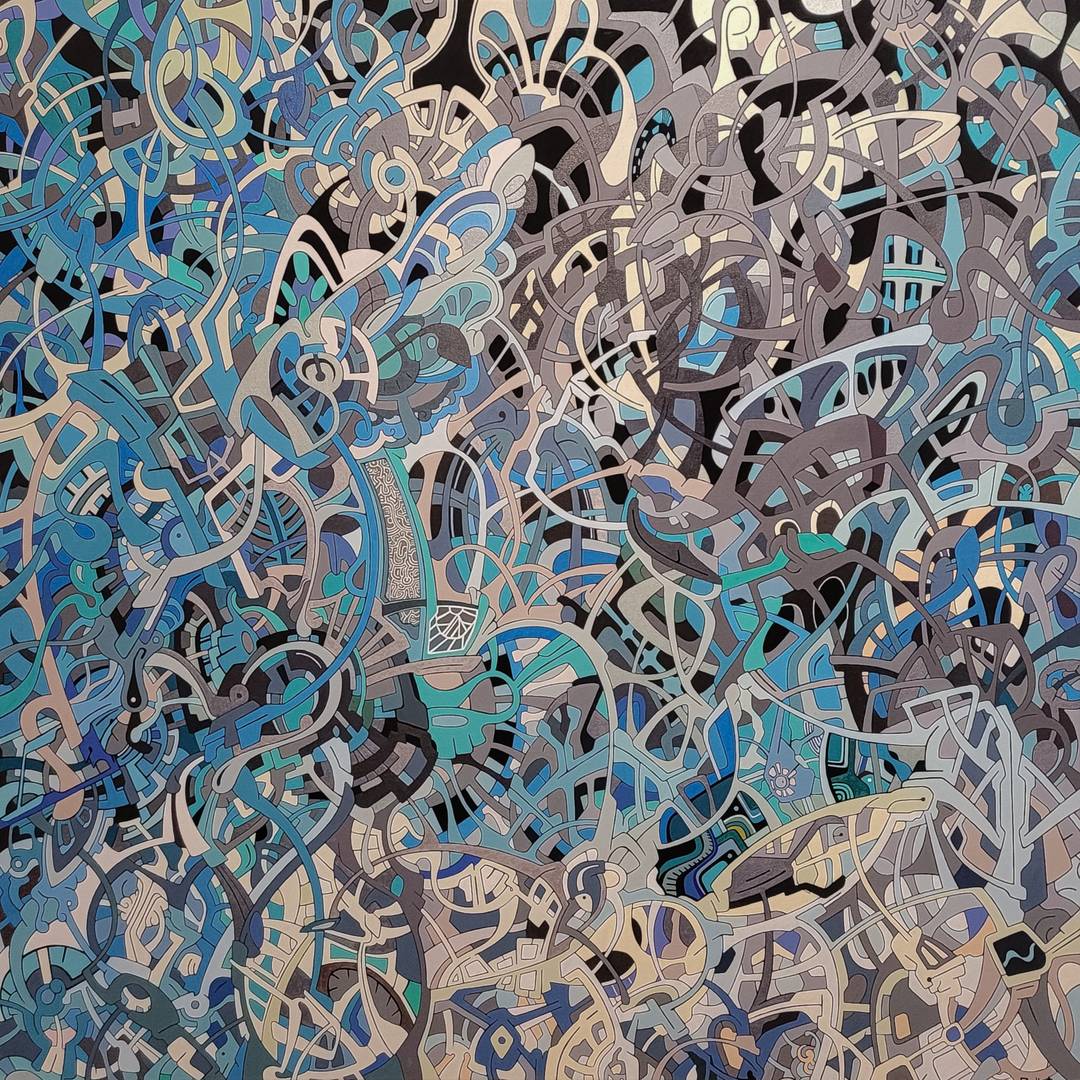
A Conversation Anyone Can Join
Will an MFA help you untangle every reference? Maybe, but you don’t need one. Art meets each of us where we stand — anxious, elated, bored, hopeful. Platforms like Subjektiv flatten the playing field, letting you zoom in on brushstrokes or swap impressions with a stranger three time zones away. In an age when attention is a currency, lingering over a single canvas can feel radical.
Let the Dialogue Transform You
Slow looking isn’t just an aesthetic pleasure; it’s a rehearsal for empathy. The charcoal hemorrhages in a Käthe Kollwitz lithograph, the steely quiet of an Agnes Martin grid — each nudges us toward feelings we might otherwise dodge. Artist, object, viewer: the triangle is complete only when all three sides are awake.
So the next time a painting seems to vibrate in its frame, don’t ask what it means. Ask what it’s asking of you. Follow its color into memory, its form into sensation, its style into thought. Art has waited centuries for your reply, and it will keep waiting — silent, magnetic, inexhaustible — until you answer back.
